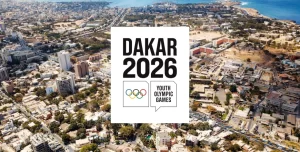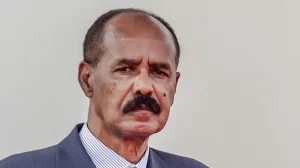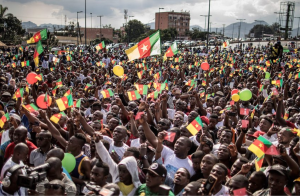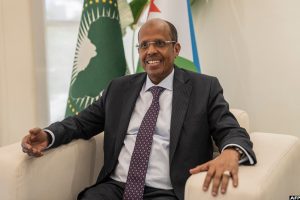South Africa forms historic unity Government following Ramaphosa’s re-election
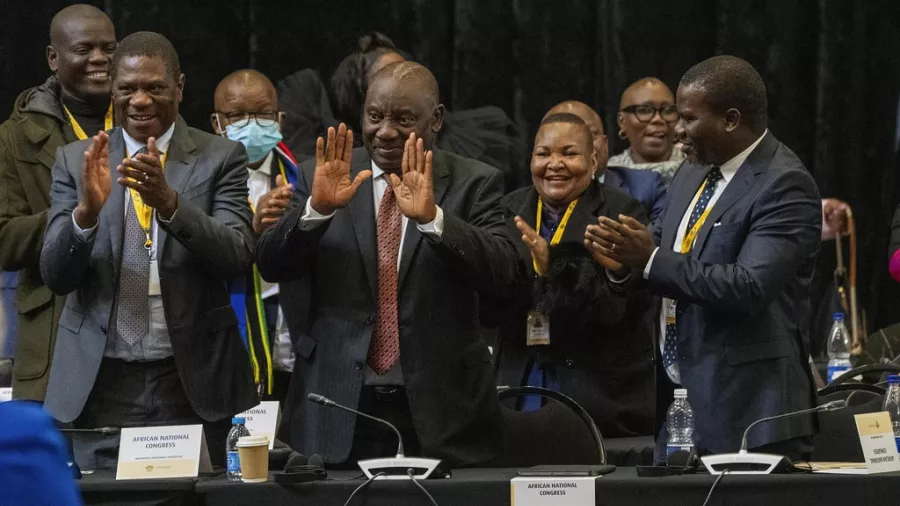
Following President Cyril Ramaphosa’s re-election by parliament on June 14, thanks to a coalition between his party, the ANC, the main opposition party, and several smaller parties, South Africa has established its first-ever national unity government.
In this newly formed government, the presidential party retains the majority of ministerial positions, holding 20 out of 32.
The Democratic Alliance (DA) has secured six ministerial posts, with the remaining positions distributed among smaller coalition parties.
This power-sharing arrangement is unprecedented in South African history. While a brief coalition government existed at the end of apartheid, the circumstances were different.
After the first multiracial elections, the ANC held a clear majority, and President Nelson Mandela included members from other parties in his government as a gesture of reconciliation.
In contrast, the current scenario required the ANC to seek support from DA parliamentarians and other parties to secure Ramaphosa’s second term.
The coalition comprises 11 parties, with the ANC and DA being the most significant and influential members, having been the ruling party and the main opposition for years.





